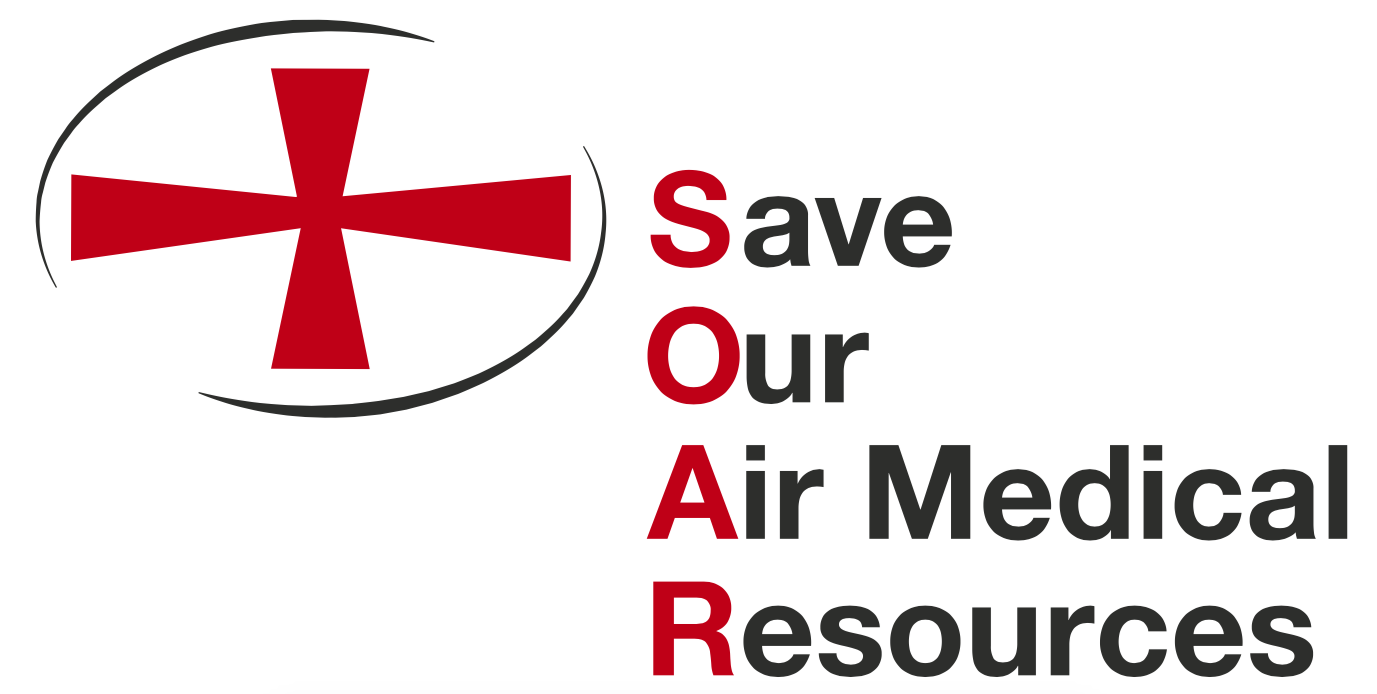The COVID-19 public health emergency has thrust our nation’s heroic health care workers into the spotlight, and deservingly so. Some of those heroes are less visible than others, though their work is no less important. The brave pilots, doctors, and nurses that staff emergency air medical flights have been providing an essential service throughout the pandemic and saving lives all over the country – from rural hotspots like Grand Island, Nebraska to the heart of New York City. Yet while the air medical industry is busy saving lives, some large insurers are busy putting profits over patients, refusing to cover the cost of COVID-19 testing and leaving patients recovering from the virus with a big bill.
Since the beginning of the pandemic, air ambulances have been transporting COVID-19 patients in respiratory distress to the nearest emergency room and providing inter-facility transports of intubated patients in order to relieve overcrowded hospitals, especially in rural areas.
While 100 percent of these transports happen at the request of a doctor or an EMT, some insurance companies are refusing to cover the cost, citing “medical necessity.” This is the same excuse insurers like UnitedHealthCare use for not covering the full cost of COVID-19 testing, making the distinction that they will only cover the cost of “medically necessary” testing.
This bad behavior did not start with the pandemic – insurers have been denying claims for air ambulance transport for years. What’s more, many large insurers refuse to bring air medical providers in-network, even though a Sierra Health Group study calculated that air medical services represent only $1.70 of a monthly insurance premiums.
This pattern of claim denial is even more unconscionable now. Millions of Americans have lost their jobs in the economic fallout of the pandemic, yet insurers are simultaneously reporting big profits. The cost of treatment for COVID-19 patients has been more than offset by the widespread cancellation of expensive elective procedures, like joint replacements, and Americans delaying routine care. U.S. health insurance profits have skyrocketed as a result.
Rather than leave patients in the lurch amid growing profitability, insurance companies must cover critical air medical transport services and, if they have not already, they need to enter into network agreements with air medical providers to negotiate a rate that is fair for both sides. Unfortunately, the big three national health plans – Cigna, Aetna, and UnitedHealth Group - refuse to even come to the negotiating table.
The National Consumers League, concerned with the insurance company denial of air ambulance transports, recently sent a letter to the CEOs of the three largest insurance carriers urging them to do just that. In their letter, they wrote:
“We believe that emergency air medical transportation should be included in every health coverage plan. We think that insurance companies and air medical providers must work together to bring these services in-network, so patients are not left footing a bill they can never hope to pay. Adequate network agreements are imperative so that patients are not told – after the fact – that they were transported by an air ambulance that was not in-network. When an emergency happens, or worse yet, a pandemic strikes, patients are not choosing whether to take an air ambulance, let alone choosing a particular provider.”
Early estimates indicate that air medical has provided over 4,200 transports of COVID-19 confirmed or suspected patients thus far. As cases continue to increase across the country, with the U.S. recently reporting its highest single-day increase in infections, even more transports will be necessary in the coming weeks and months. And when the pandemic is over, air medical will continue to be critical to victims of stroke, cardiac arrest, motor vehicle accidents and traumatic injury, particularly as rural hospitals close at alarming rates, leaving millions of Americans over an hour away from the nearest Level 1 or Level 2 trauma center.
Now is the time for insurance companies to step up and put patients first. As their profits soar during a national crisis, they should be more incentivized than ever to bring air medical services in-network, providing this critical service to their customers and saving lives in the process.

